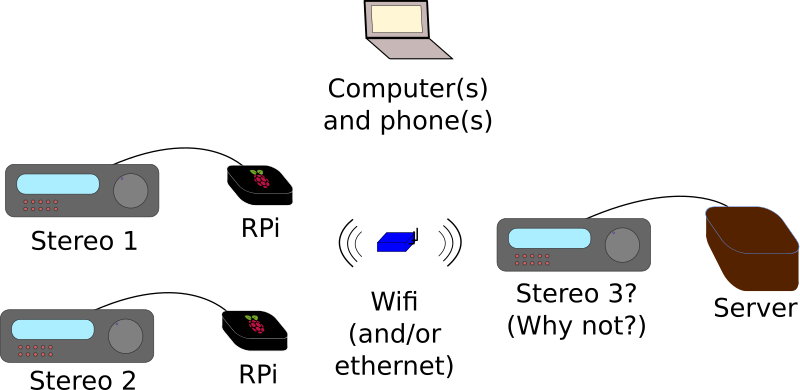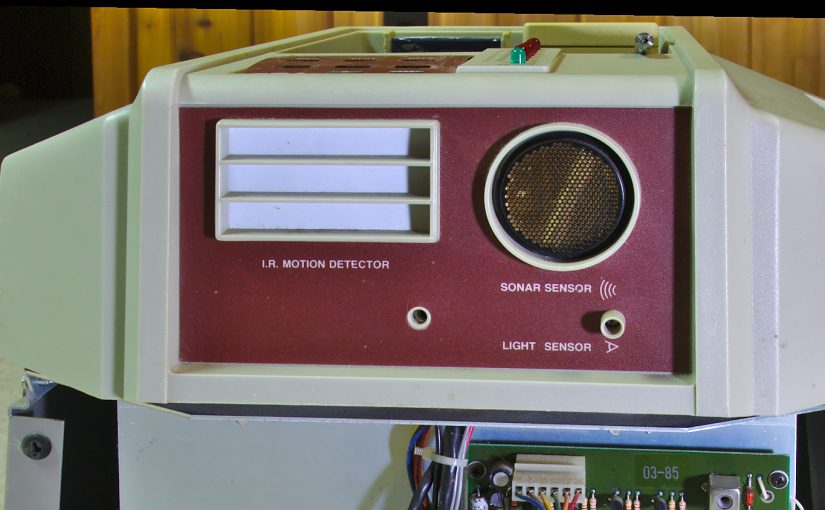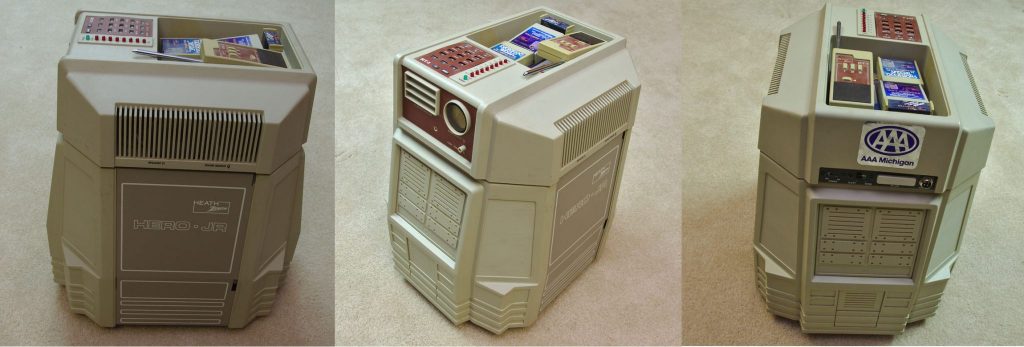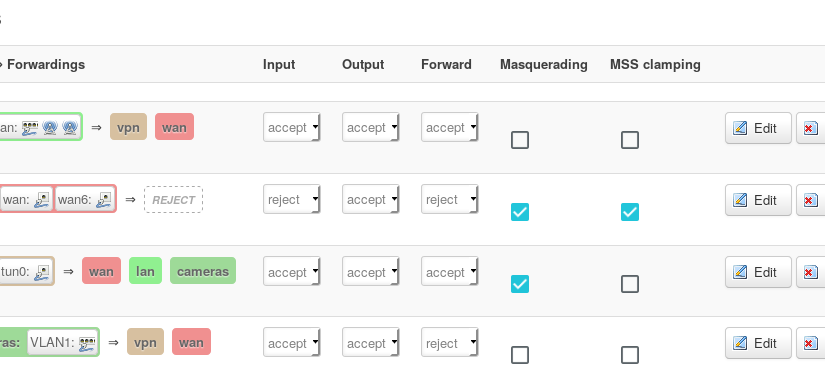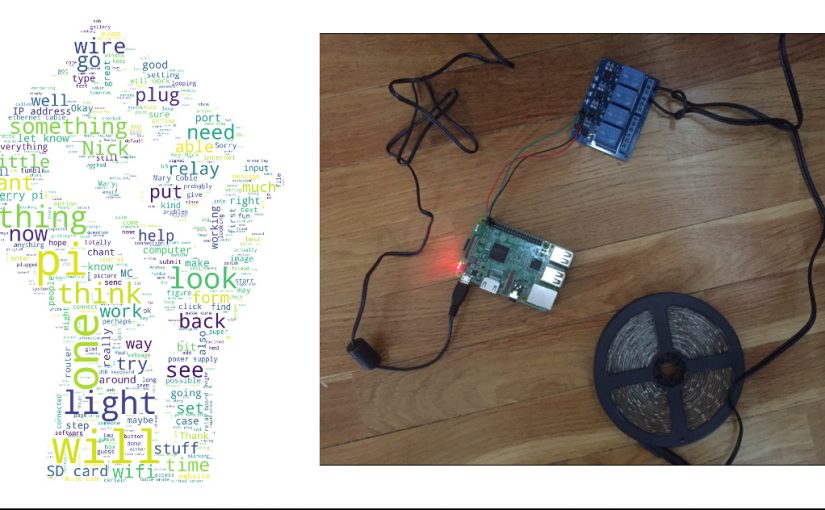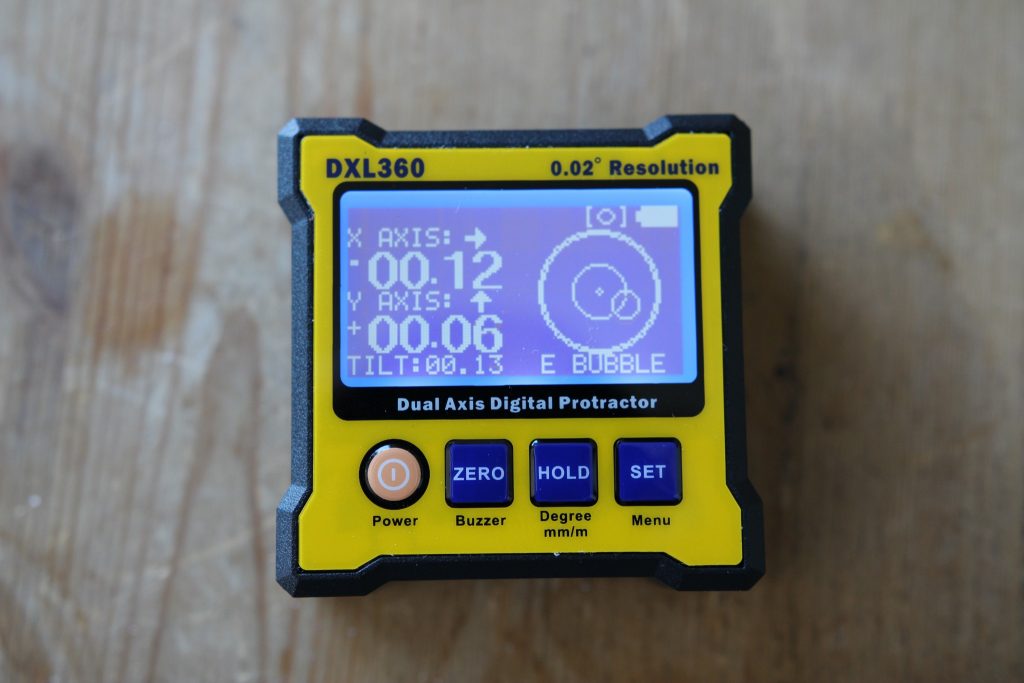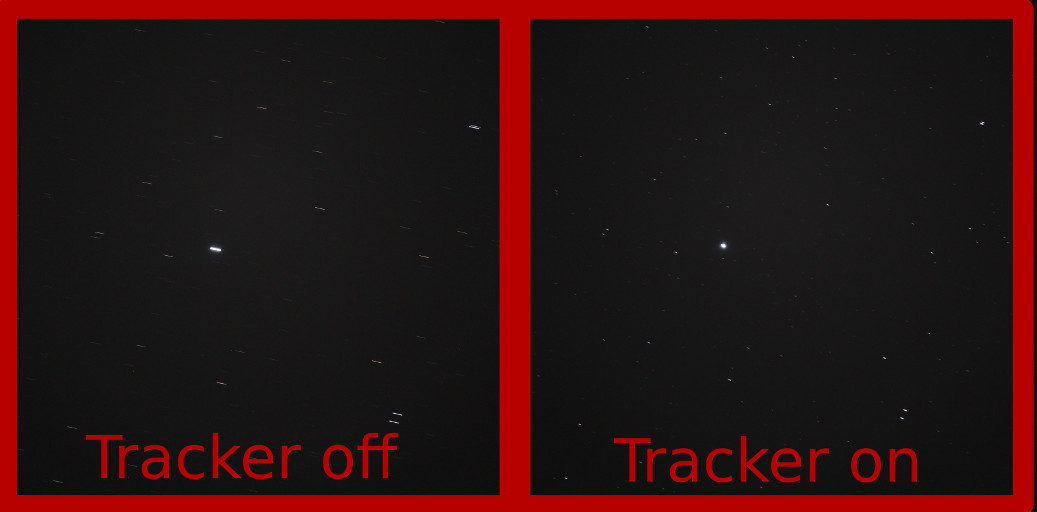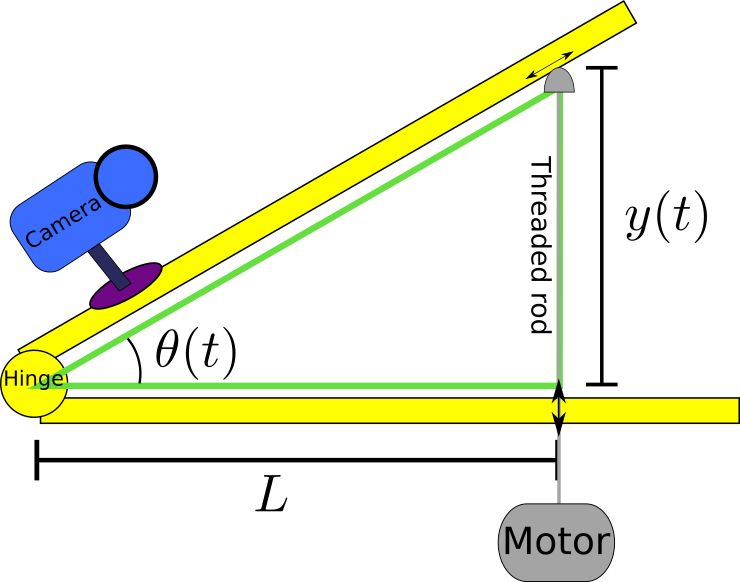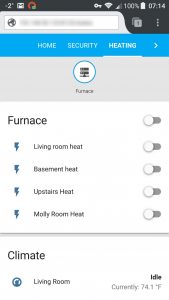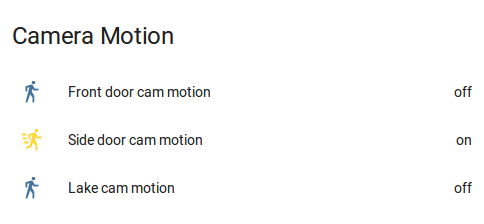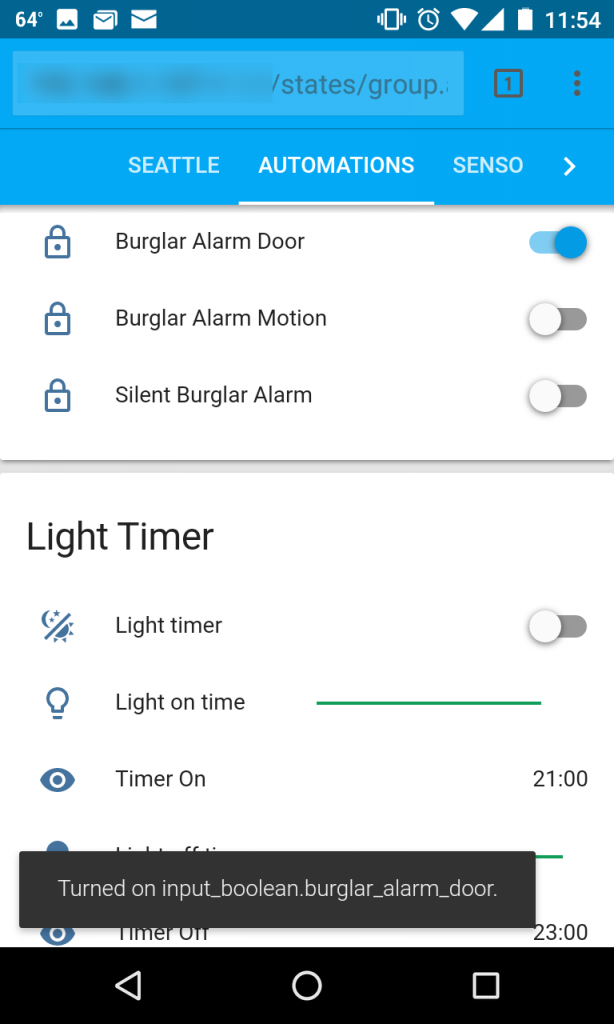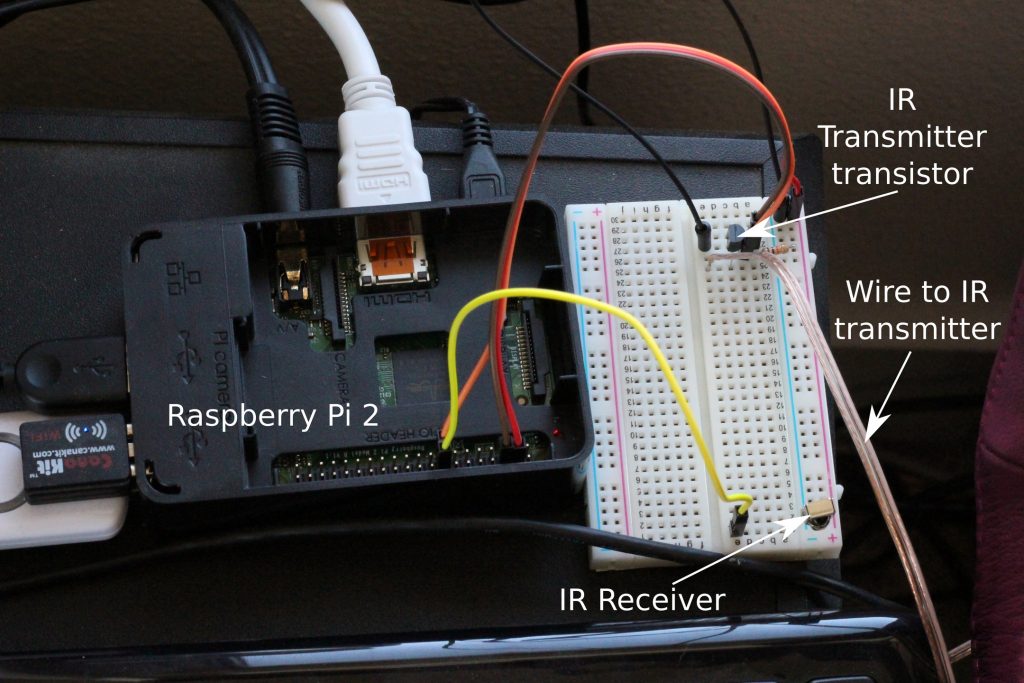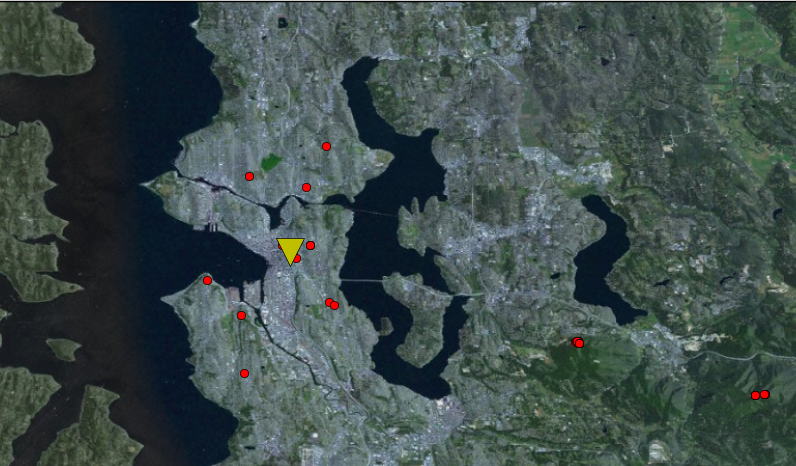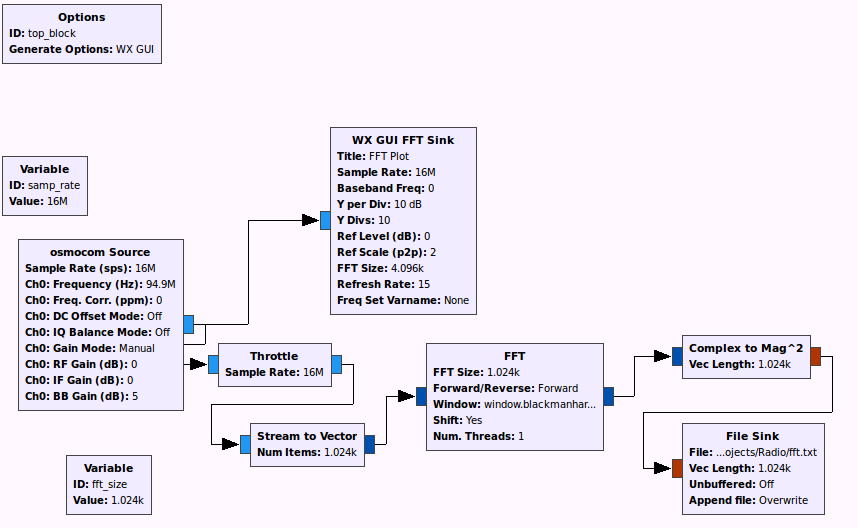/*
* Furnace Controller for ESP8266 and MQTT.
*
*
* Connections: GPIOs go to inputs, obviously. Connect 5V to VCC and jumper VCC to
* VCC-JD to power the coils. Note that GPIO HIGH corresponds to relay off with this
* board.
*
* D8 is a bad choice because it's actually GPIO 15 which messes things up during
* reboot.
*
* THE SOFTWARE IS PROVIDED "AS IS", WITHOUT WARRANTY OF ANY KIND, EXPRESS OR
* IMPLIED, INCLUDING BUT NOT LIMITED TO THE WARRANTIES OF MERCHANTABILITY,
* FITNESS FOR A PARTICULAR PURPOSE, TITLE AND NON-INFRINGEMENT. IN NO EVENT
* SHALL THE COPYRIGHT HOLDERS OR ANYONE DISTRIBUTING THE SOFTWARE BE LIABLE FOR
* ANY DAMAGES OR OTHER LIABILITY, WHETHER IN CONTRACT, TORT OR OTHERWISE,
* ARISING FROM, OUT OF OR IN CONNECTION WITH THE SOFTWARE OR THE USE OR OTHER
* DEALINGS IN THE SOFTWARE.
*
* Safety Features:
* 1. Should shut down if disconnected from internet (would be more robust
* with internal MQTT broker, but then couldn't message nick)
* 2. Should shut down if furnace pin has been on for a really long time.
* This could happen if the RPi/hass dies but the internet is still up.
*
* See https://partofthething.com/thoughts/enlighten-your-old-furnace-with-a-raspberry-pi-home-assistant-an-esp8266-and-some-relays/
*/
#include <ESP8266WiFi.h>
#include <ESP8266mDNS.h>
#include <WiFiUdp.h>
#include <ArduinoOTA.h>
#include <PubSubClient.h>
#define wifi_ssid "[redacted]"
#define wifi_password "[redacted]"
#define mqtt_server "[redacted]"
#define mqtt_user "[redacted]"
#define mqtt_password "[redacted]"
#define mqtt_error_topic "mom/status/furnace_error"
#define mqtt_status_topic "mom/status/furnace"
#define listen_topic "mom/furnace/#"
#define ota_password "[redacted]"
#define ota_hostname "[redacted]"
#define FOUR_HOURS 14400000 // milliseconds
#define NUM_PINS 6
#define FOUR_HOURS 14400000 // milliseconds
#define NUM_PINS 6
int MOLLY_PIN=D5;
int UPSTAIRS_PIN=D6;
int LIVING_ROOM_PIN=D7;
int BASEMENT_PIN=D4;
int NICK_BEDROOM=D1;
int DEN=D2;
int allPins[NUM_PINS] = {LIVING_ROOM_PIN, UPSTAIRS_PIN, MOLLY_PIN, BASEMENT_PIN, NICK_BEDROOM, DEN};
// track how long each pin has been on for auto-shutoff function
// (for when MQTT controller on Pi dies but net is up)
unsigned long onTime;
unsigned long now;
int numPinsOn = 0;
WiFiClientSecure espClient;
PubSubClient client(espClient);
void setup() {
Serial.begin(115200);
setup_gpio();
setup_wifi();
setup_mqtt();
setup_ota();
}
void setup_gpio() {
// Connect each relay pin to each GPIO.
// Hook +5V up to relay module.
for (int i=0;i<NUM_PINS+1;i++) {
pinMode(allPins[i], OUTPUT);
}
all_pins_off();
}
void all_pins_off() {
for (int i=0;i<NUM_PINS+1;i++) {
digitalWrite(allPins[i], HIGH);
}
numPinsOn = 0;
}
void setup_wifi() {
delay(10);
Serial.println();
Serial.print("Connecting to ");
Serial.println(wifi_ssid);
WiFi.mode(WIFI_STA);
WiFi.begin(wifi_ssid, wifi_password);
while (WiFi.status() != WL_CONNECTED) {
delay(500);
Serial.print(".");
}
Serial.println("");
Serial.println("WiFi connected");
Serial.println("IP address: ");
Serial.println(WiFi.localIP());
}
void callback(char* topic, byte* payload, unsigned int length) {
Serial.print("Command arrived [");
Serial.print(topic);
Serial.print("] ");
for (int i = 0; i < length; i++) {
Serial.print((char)payload[i]);
}
Serial.println();
// Switch on the heat if an 1 was received as first character
int pin = -1;
if(strcmp(topic,"mom/furnace/livingroom")==0) {
pin = LIVING_ROOM_PIN;
}
else if (strcmp(topic,"mom/furnace/upstairs")==0){
pin = UPSTAIRS_PIN;
}
else if (strcmp(topic,"mom/furnace/molly")==0) {
pin = MOLLY_PIN;
}
else if (strcmp(topic,"mom/furnace/basement")==0) {
pin = BASEMENT_PIN;
}
else if (strcmp(topic,"mom/furnace/nick_room")==0) {
pin = NICK_BEDROOM;
}
else if (strcmp(topic,"mom/furnace/den")==0) {
pin = DEN;
}
if (pin == -1){
Serial.print("Unknown Topic. Aborting command.\n");
return;
}
else {
Serial.print("Pin is ");
Serial.print(pin);
Serial.println();
}
if ((char)payload[0] == '1') {
Serial.print("Turning on");
digitalWrite(pin, LOW);
numPinsOn = 1; // will be a problem if we start doing more than 1 zone. Upgrade then.
onTime = millis(); // will roll over every 72 hours or so.
} else {
Serial.print("Turning off");
digitalWrite(pin, HIGH);
numPinsOn = 0;
}
}
void setup_mqtt() {
client.setServer(mqtt_server, 8883);
client.setCallback(callback);
}
void reconnect() {
// Loop until we're reconnected.
int reconnectAttempts = 0;
while (!client.connected()) {
Serial.print("Attempting MQTT connection...");
// Add a will message in case we get kicked offline for some reason.
if (client.connect("ESP8266Furnace", mqtt_user, mqtt_password, mqtt_status_topic,
1, 1, "0")) {
Serial.println("connected");
client.subscribe(listen_topic, 1); // important to get QoS of 1 to ensure message makes it.
client.publish(mqtt_status_topic, "1", true);
} else {
reconnectAttempts++;
Serial.print("failed, rc=");
Serial.print(client.state());
Serial.println(" try again in 5 seconds");
if (reconnectAttempts > 60) {
// If we cannot connect for a long time, shut off all pins. Internet is dead
// and we can't be controlled anymore. Fallback on manual thermostats at this point
// so we don't burn the house down.
all_pins_off();
client.publish(mqtt_error_topic, "1", true); // for sensing errors.
reconnectAttempts=0;
}
delay(5000); // Wait 5 seconds before retrying
}
}
Serial.print("MQTT connected.");
}
void setup_ota() {
ArduinoOTA.setPort(8266);
ArduinoOTA.setHostname(ota_hostname);
ArduinoOTA.setPassword(ota_password);
ArduinoOTA.onStart([]() {
Serial.println("Starting OTA update.");
all_pins_off();
});
ArduinoOTA.onEnd([]() {
Serial.println("\nOTA update ended.");
});
ArduinoOTA.onProgress([](unsigned int progress, unsigned int total) {
Serial.printf("OTA Progress: %u%%\r", (progress / (total / 100)));
});
ArduinoOTA.onError([](ota_error_t error) {
Serial.printf("Error[%u]: ", error);
if (error == OTA_AUTH_ERROR) Serial.println("Auth Failed");
else if (error == OTA_BEGIN_ERROR) Serial.println("Begin Failed");
else if (error == OTA_CONNECT_ERROR) Serial.println("Connect Failed");
else if (error == OTA_RECEIVE_ERROR) Serial.println("Receive Failed");
else if (error == OTA_END_ERROR) Serial.println("End Failed");
});
ArduinoOTA.begin();
}
void failsafe() {
// If any pin has been on for more than four hours it seems like something's wrong.
// Possibly the Rpi died and isn't sending an off signal.
// Granted, if a bunch of zones were coming on and off staggered, then
// this would have to be upgraded to get fancier.
now = millis();
if (numPinsOn > 0 && (now-onTime)> FOUR_HOURS) {
all_pins_off();
Serial.println("Seems stuck on. Rebooting.");
client.publish(mqtt_error_topic, "2", true); // for sensing errors.
ESP.restart();
}
}
void loop() {
if (!client.connected()) {
reconnect();
}
client.loop();
failsafe();
ArduinoOTA.handle();
delay(500);
}


